Introduction
Tea, a beverage steeped in history and tradition, has evolved into countless forms across cultures and centuries. Among its most enigmatic manifestations is Cha Gao, a concentrated tea paste that once graced the tables of emperors and now intrigues modern connoisseurs. Often referred to as “tea essence” or “tea crystals,” Cha Gao represents a pinnacle of tea processing, where leaves are transformed into a dense, flavorful extract. This article delves into the origins, production, cultural significance, and contemporary resurgence of Cha Gao, exploring why this ancient elixir continues to captivate tea lovers worldwide.
A Historical Journey: From Imperial Courts to Modern Kitchens
The story of Cha Gao begins in ancient China, during the Tang Dynasty (618–907 CE), when tea was not merely a drink but a symbol of status and spirituality. Early references describe a method of compressing tea leaves into bricks or cakes for easier storage and trade. However, it was during the Song Dynasty (960–1279 CE) that the art of tea concentration truly flourished. Song Dynasty elites, known for their refined tastes, sought ways to preserve tea’s essence for year-round enjoyment. By steeping tea leaves repeatedly and reducing the liquid to a thick syrup, they created a precursor to modern Cha Gao. This concentrate was then dried into solid blocks, prized for their intense flavor and portability.
The Ming Dynasty (1368–1644 CE) marked another milestone. Emperor Hongwu, a advocate of simplicity, banned the production of compressed tea cakes, favoring loose-leaf tea instead. Yet, the craft of Cha Gao endured, evolving into a secretive art passed through generations. By the Qing Dynasty (1644–1912 CE), Cha Gao had become a tribute item, reserved exclusively for the imperial family. Its rarity and labor-intensive production—often taking weeks to complete—made it a symbol of luxury and power.
The Alchemy of Production: From Leaf to Elixir
Creating Cha Gao is a meticulous process that blends science, tradition, and patience. Modern techniques, while streamlined, honor the principles established centuries ago. The journey begins with high-quality tea leaves, typically from the Camellia sinensis plant. Pu-erh tea, a fermented variety from Yunnan Province, is most commonly used due to its robust flavor and aging potential. However, green, oolong, and black teas can also be transformed into Cha Gao, each lending distinct notes to the final product.
- Steeping and Extraction: The leaves are first steeped in purified water at controlled temperatures to extract their soluble compounds, including caffeine, antioxidants, and aromatic oils. This step may be repeated multiple times to maximize yield.
- Filtration: The liquid is strained to remove impurities and leaf particles, resulting in a clear, amber-hued tea.
- Concentration: The filtered tea is gently heated in copper or stainless steel pots, stirred continuously to prevent burning. As water evaporates, the liquid thickens into a syrup-like consistency.
- Drying: The concentrate is poured into molds or shallow trays and left to air-dry under controlled humidity. Some producers use low-temperature ovens to accelerate the process without compromising quality.
- Aging (Optional): Like fine wine, certain Cha Gao varieties undergo aging in ceramic jars or bamboo containers, developing complex flavors over time.
The result is a solid, glossy paste that dissolves instantly in hot water, releasing a rich, layered brew with minimal bitterness. A single gram of Cha Gao can yield a potent cup of tea, making it a cost-effective choice for daily drinkers and ceremonial use alike.
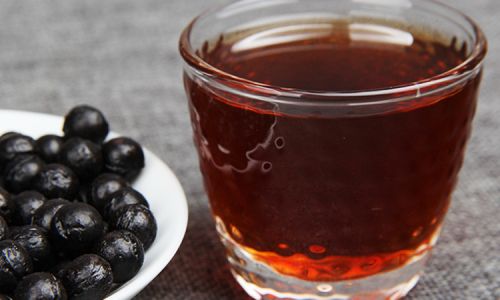
Cultural Significance: More Than Just a Beverage
In imperial China, Cha Gao was more than a drink—it was a political tool. Emperors gifted it to allies as a sign of favor, while monks consumed it during meditation to enhance focus. Traditional Chinese medicine (TCM) practitioners also revered Cha Gao for its perceived health benefits, believing it could aid digestion, boost energy, and detoxify the body.
The tea’s portability further cemented its place in history. Merchants traveling along the Silk Road carried Cha Gao as a lightweight alternative to bulky tea bricks. Missionaries and explorers later introduced it to Europe, where it sparked curiosity about Eastern customs. Though coffee and other beverages eventually dominated Western markets, Cha Gao persisted in China, revered as a living artifact of its storied past.
Health and Wellness: The Modern Revival of an Ancient Remedy
Recent years have seen a surge in interest in Cha Gao, driven by growing awareness of its potential health benefits. Scientific studies, while limited, suggest that its high concentration of polyphenols and catechins may offer antioxidant, anti-inflammatory, and cardioprotective effects. Regular consumption is also linked to improved gut health and mental alertness, thanks to its natural caffeine content.
However, Cha Gao’s appeal extends beyond physical well-being. In an age of instant gratification, its slow-brewed preparation ritual offers a meditative counterpoint. Enthusiasts often describe the act of dissolving the paste and inhaling its aroma as a form of mindfulness, akin to a Japanese tea ceremony.
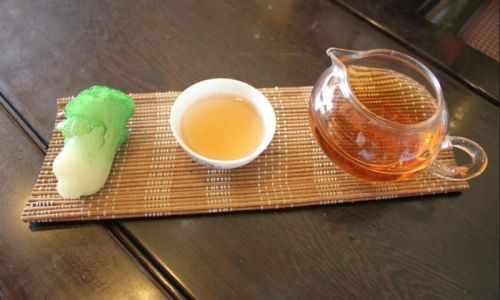
The Modern Market: Innovation Meets Tradition
Today, Cha Gao is experiencing a global renaissance. Artisanal producers in Yunnan and other tea-growing regions are experimenting with flavored variants, infusing the paste with jasmine, chrysanthemum, or even roasted rice. Meanwhile, Western companies are marketing Cha Gao as a premium wellness product, packaging it in sleek tins or single-serve sachets.
The rise of e-commerce has democratized access to Cha Gao, allowing customers to purchase high-quality paste directly from sources. Social media platforms like Instagram and TikTok have also played a role, with influencers showcasing its versatility in lattes, cocktails, and desserts. Some mixologists even incorporate Cha Gao into molecular gastronomy, creating avant-garde dishes that marry tradition and innovation.
Cha Gao vs. Other Tea Forms: A Comparative Analysis
How does Cha Gao stack up against other tea preparations? Let’s break it down:
- Loose-Leaf Tea: While loose-leaf tea offers a nuanced flavor profile, it requires precise brewing techniques to avoid bitterness. Cha Gao, by contrast, delivers consistent taste with minimal effort, making it ideal for busy lifestyles.
- Matcha: Though both are concentrated, matcha is a powdered green tea, whereas Cha Gao is a liquid extract. Matcha’s grassy flavor contrasts with Cha Gao’s deeper, often earthier notes.
- Instant Tea: Unlike mass-produced instant tea, which may contain additives, Cha Gao is typically made from pure tea leaves, preserving its natural complexity.
Sustainability and Ethical Considerations
As demand for Cha Gao grows, so do concerns about sustainability. Traditional production methods are labor-intensive and time-consuming, sometimes leading to overharvesting of wild tea trees. To address this, ethical producers are adopting eco-friendly practices, such as reforestation initiatives and fair-trade wages for workers.
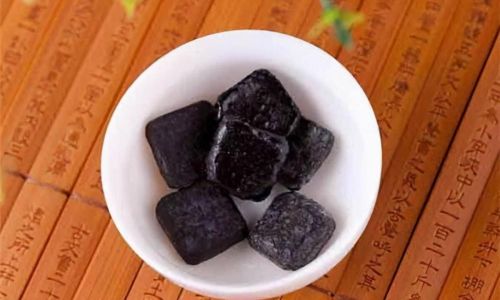
Consumers can support sustainability by choosing Cha Gao certified by organizations like the Rainforest Alliance or UTZ. Additionally, opting for organic varieties reduces pesticide exposure and protects local ecosystems.
Conclusion: The Future of Cha Gao
From its humble beginnings in monasteries and imperial kitchens to its current status as a global wellness trend, Cha Gao has proven remarkably resilient. Its ability to adapt to changing tastes while honoring tradition speaks to its enduring appeal. Whether enjoyed as a morning pick-me-up, a ceremonial offering, or a culinary ingredient, Cha Gao invites us to slow down, savor the moment, and connect with centuries of history.
As the world continues to embrace mindfulness and sustainability, this ancient elixir stands poised to reclaim its place as a beverage of kings—and a testament to the timeless art of tea.

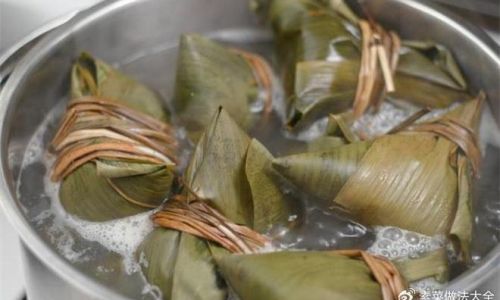

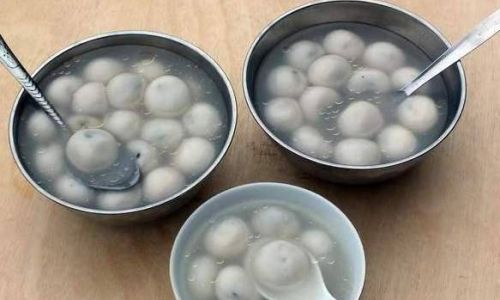
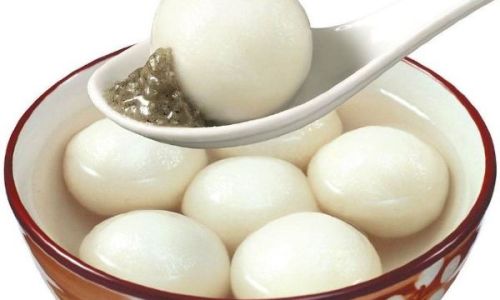
0 comments